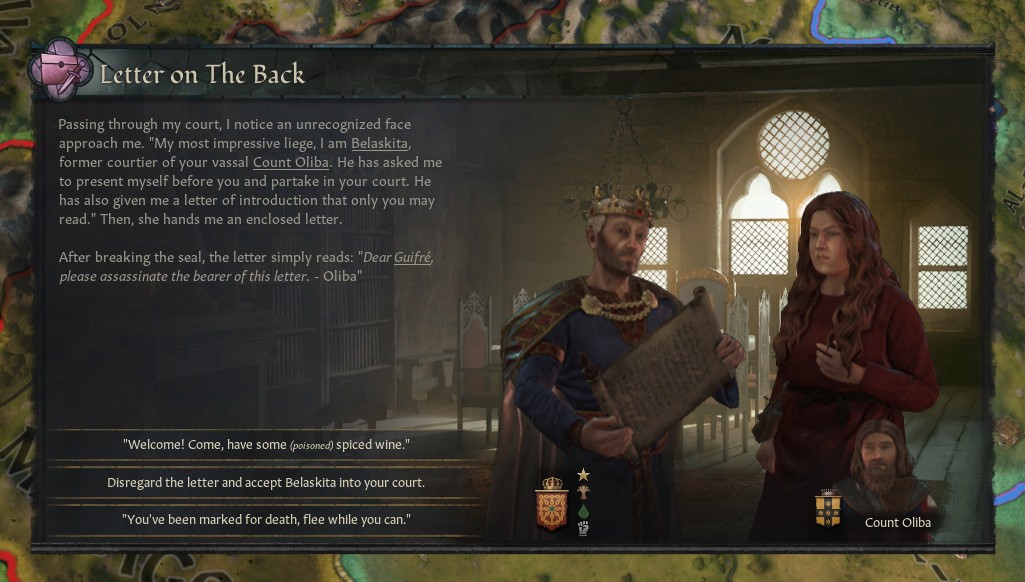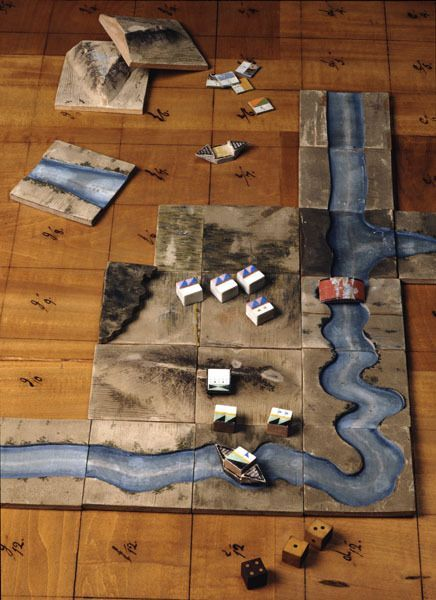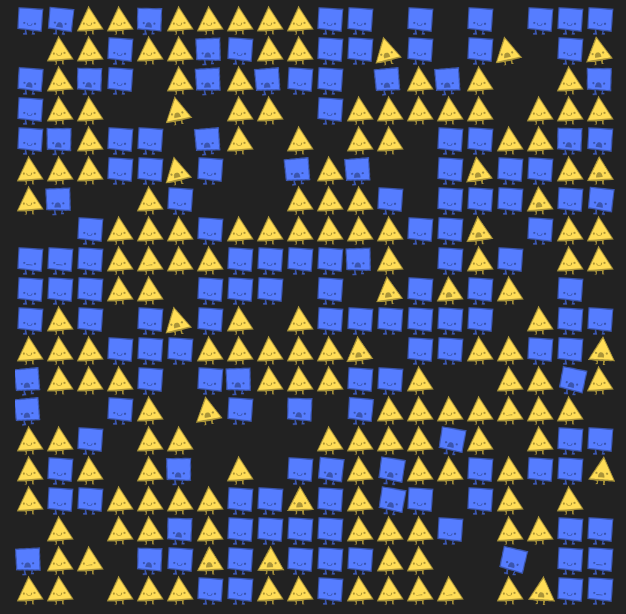Reading
Leverage Points: Places to Intervene in a System by Donatella Meadows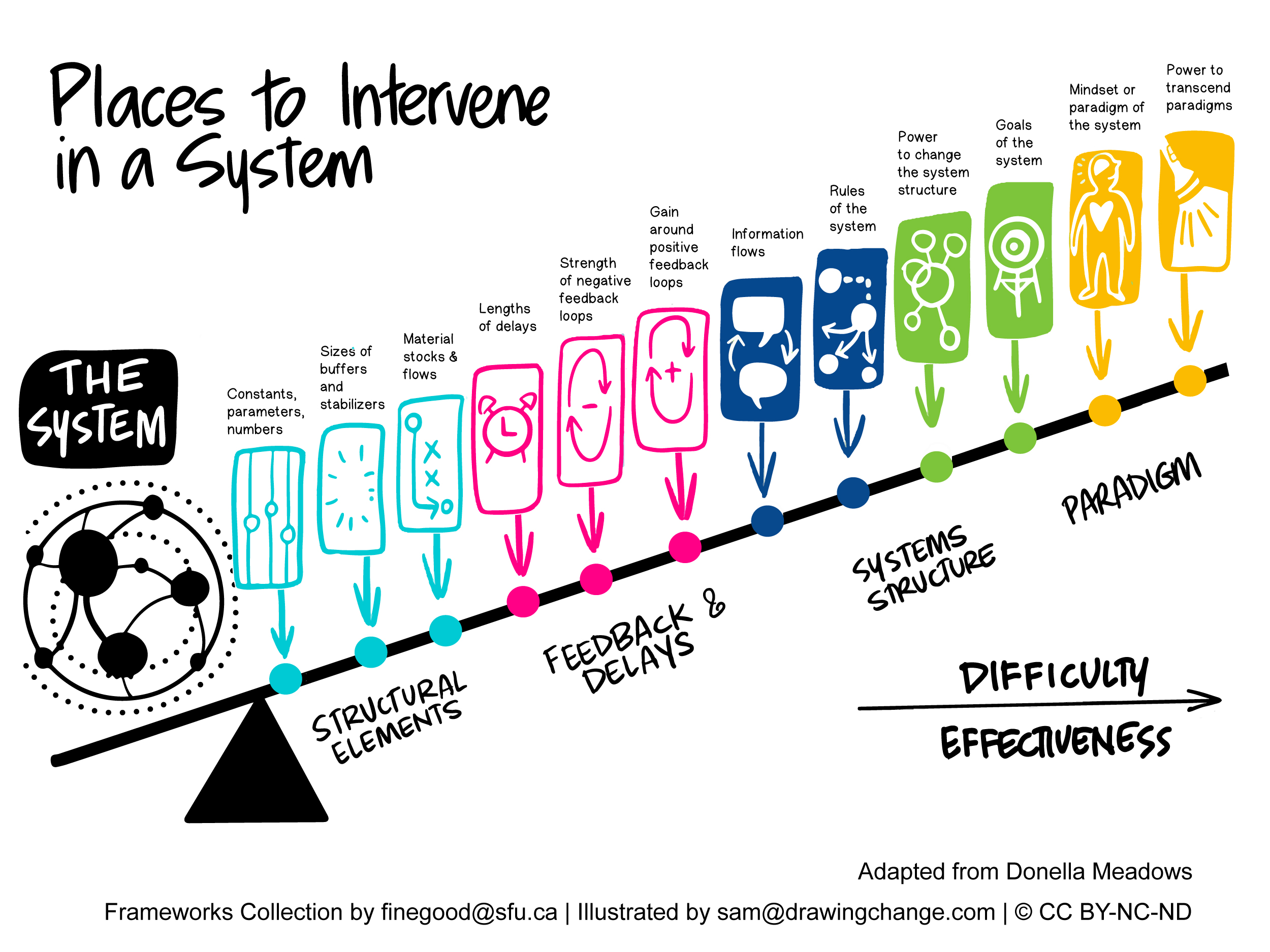
Simulation vs Sims
Simulations used in different fields developed largely independently, but 20th-century studies of systems theory and cybernetics combined with spreading use of computers across all those fields have led to some unification of the concept.
In the late 1940s and mid-50s, Norbert Wiener and Ross Ashby pioneered the use of mathematics to study systems of control and communication, calling it cybernetics

Simulations and models are used all the time to predict climate change for example.
Unlike videogames simulation they are scientific, based on data and validated by observations.

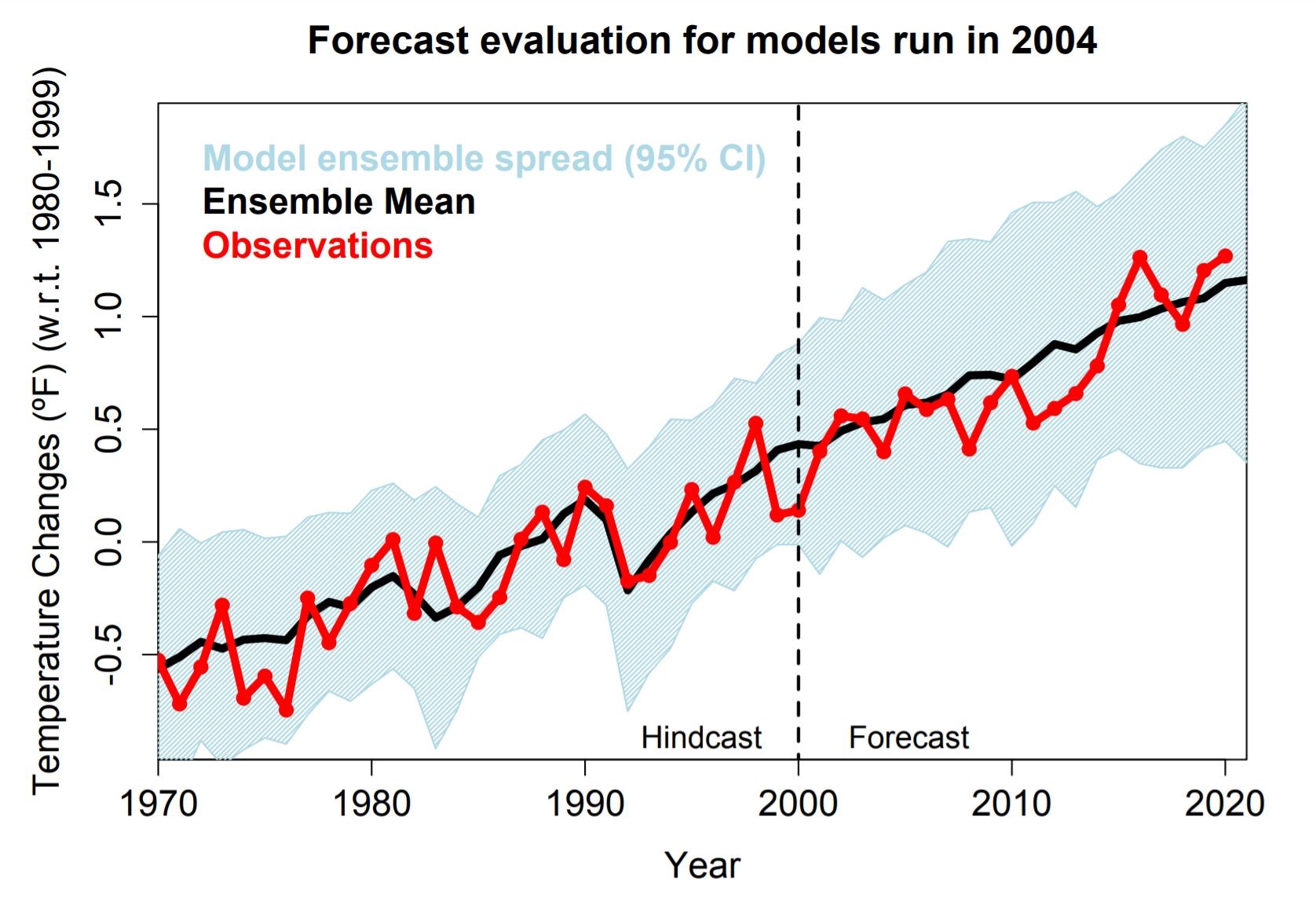
Analog flying simulators from the 1930s were early cybernetic systems
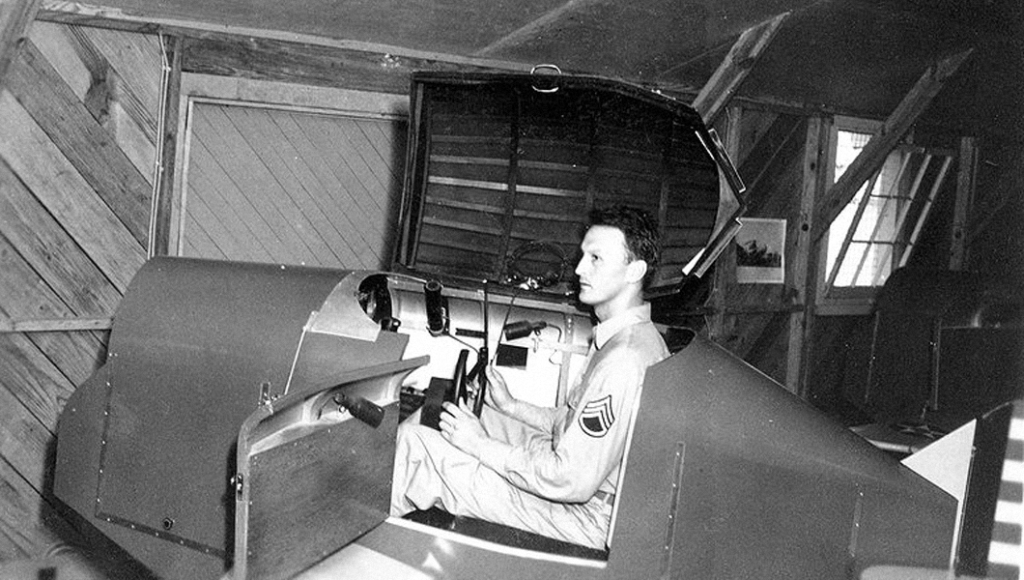
Microsoft Flight Simulator (1984)
SimCity extends simulations to social and political realms
Do you know the origin story of SimCity?
All the Sim games
Simulation as realistic as mundane
Contemporary ironic use of Simulator to convey “physics”
Simulation to convey real system, but without pretense of objectivity
Stocks, flows and feedback loops
Exercise: try to model a real world system using Nicky Case’s loopy.
Alternatively: you can try to reverse-engineer a game you are familiar with and recreate its basic dynamics.
Chance and choices
How do you include what can’t be modeled in the core gameplay?
How do you add an element of chance to create variety and account for unpredictable contingencies?
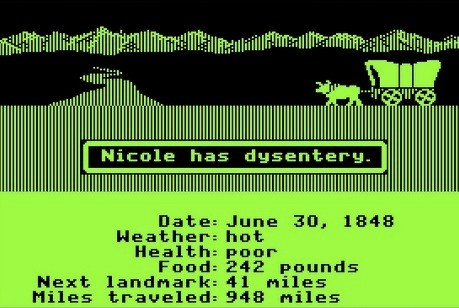 Random events and random encounters grafted into resource management
Random events and random encounters grafted into resource management
“Games are a series of interesting decisions” -Sid Meier
Semi-procedurally generated events + choices in Crusader Kings
Procedural generation + binary choice
 https://playspent.org/
https://playspent.org/
Successful game although not all research concurs that it leads to more empathy or understanding of poverty.
Also see a similar more journalistic game
Or this one about sea level rising
 Social Democracy: An Alternate History
Social Democracy: An Alternate History
Fantasy distilling the leveling-up mechanic of RPGs with choice/chance based storytelling.
Exercise
Let’s make a choice-based game prototype
Territory
The highly abstract stock and flow diagrams can be used to represent some aspects gameplay, but most games are visual and more often than not have some kind of spatial component as well.
Chess has been used to teach the ruling class about strategy in abstract but it’s only in the 19th century that you start to see training/educational games that attempt to simulate battles.
Kriegspiel – the first “educational” war game, and the grandfather of wargaming.
Contemporary War games
Beyond representing specific territories (maps), space in games may be about resource management, planning and organization
Cellular automata, one of the inspiration of SimCity and central element in thinking about complexity, computation and emergence.
What is emergence?
Parable of the polygon, an explorable explanation based on Thomas Schelling’s 1971 paper, Dynamic Models of Segregation, which used a cellular automata-like model to explain how populations segregate (I personally do not agree with the premise and the conclusions but the methodology was groundbreaking and turning it into a “parable” makes it more palatable to me).
Play/read it
https://ncase.me/polygons/
Exercise: design a cellular automata-like system using the emoji simulator.
https://ncase.me/sim/


